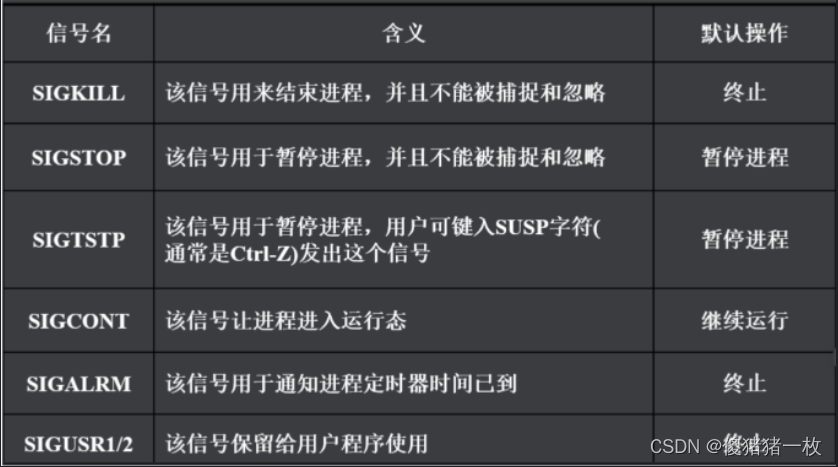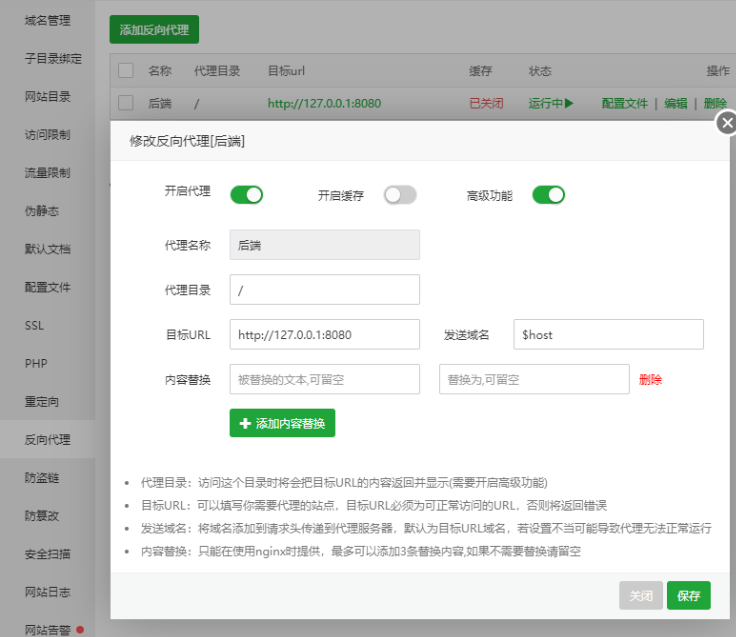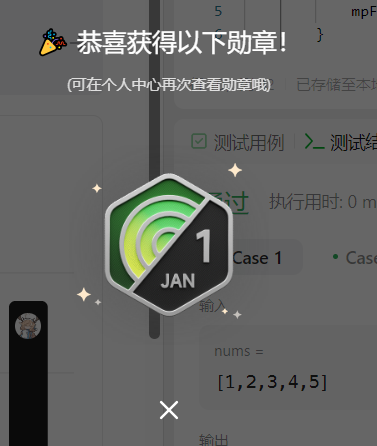目录
一、窗口函数的知识点
1.1 窗户函数的定义
1.2 窗户函数的语法
1.3 窗口函数分类
聚合函数
排序函数
前后函数
头尾函数
1.4 聚合函数
二、实际案例
2.1 每个用户累积访问次数
0 问题描述
1 数据准备
2 数据分析
3 小结
2.2 各直播间最大的同时在线人数
0 问题描述
1 数据准备
2 数据分析
3 小结
2.3 历史至今每个小时内同时在线人数
0 问题描述
1 数据准备
2 数据分析
3 小结
2.4 某个时间段、每个小时内同时在线人数
0 问题描述
1 数据准备
2 数据分析
3 小结
2.5 学生各学科的成绩
0 问题描述
1 数据准备
2 数据分析
3 小结
一、窗口函数的知识点
1.1 窗户函数的定义
窗口函数可以拆分为【窗口+函数】。窗口函数官网指路:
LanguageManual WindowingAndAnalytics - Apache Hive - Apache Software Foundation![]() https://cwiki.apache.org/confluence/display/Hive/LanguageManual%20WindowingAndAnalytics
https://cwiki.apache.org/confluence/display/Hive/LanguageManual%20WindowingAndAnalytics
- 窗口:限定函数的计算范围(窗口函数:针对分组后的数据,从逻辑角度指定计算的范围,并没有从物理上真正的切分,只有group by 是物理分组,真正意义上的分组)
- 函数:计算逻辑
- 窗口函数的位置:跟sql里面聚合函数的位置一样,from -> join -> on -> where -> group by->select 后面的普通字段,窗口函数 -> having -> order by -> lmit 。 窗口函数不能跟聚合函数同时出现。聚合函数包括count、sum、 min、max、avg。
- sql 执行顺序:from -> join -> on -> where -> group by->select 后面的普通字段,聚合函数-> having -> order by -> limit
1.2 窗户函数的语法
<窗口函数>window_name over ( [partition by 字段...] [order by 字段...] [窗口子句] )
- window_name:给窗口指定一个别名。
- over:用来指定函数执行的窗口范围,如果后面括号中什么都不写,即over() ,意味着窗口包含满足where 条件的所有行,窗口函数基于所有行进行计算。
- 符号[] 代表:可选项; | : 代表二选一
- partition by 子句: 窗口按照哪些字段进行分组,窗口函数在不同的分组上分别执行。分组间互相独立。
- order by 子句:每个partition内部按照哪些字段进行排序,如果没有partition ,那就直接按照最大的窗口排序,且默认是按照升序(asc)排列。
- 窗口子句:显示声明范围(不写窗口子句的话,会有默认值)。常用的窗口子句如下:
rows between unbounded preceding and unbounded following; -- 上无边界到下无边界(一般用于求 总和)
rows between unbounded preceding and current row; --上无边界到当前记录(累计值)
rows between 1 preceding and current row; --从上一行到当前行
rows between 1 preceding and 1 following; --从上一行到下一行
rows between current row and 1 following; --从当前行到下一行ps: over()里面有order by子句,但没有窗口子句时 ,即: <窗口函数> over ( partition by 字段... order by 字段... ),此时窗口子句是有默认值的 --> rows between unbounded preceding and current row (上无边界到当前行)。
此时窗口函数语法:<窗口函数> over ( partition by 字段... order by 字段... ) 等价于
<窗口函数> over ( partition by 字段... order by 字段... rows between unbounded preceding and current row)
需要注意有个特殊情况:当order by 后面跟的某个字段是有重复行的时候, <窗口函数> over ( partition by 字段... order by 字段... ) 不写窗口子句的情况下,窗口子句的默认值是:range between unbounded preceding and current row(上无边界到当前相同行的最后一行)。
因此,遇到order by 后面跟的某个字段出现重复行,且需要计算【上无边界到当前行】,那就需要手动指定窗口子句 rows between unbounded preceding and current row ,偷懒省略窗口子句会出问题~
ps: 窗口函数的执行顺序是在where之后,所以如果where子句需要用窗口函数作为条件,需要多一层查询,在子查询外面进行。
【例如】求出登录记录出现间断的用户Id
select
id
from (
select
id,
login_date,
lead(login_date, 1, '9999-12-31')
over (partition by id order by login_date) next_login_date
--窗口函数 lead(向后取n行)
--lead(column1,n,default)over(partition by column2 order by column3) 查询当前行的后边第n行数据,如果没有就为null
from (--用户在同一天可能登录多次,需要去重
select
id,
date_format(`date`, 'yyyy-MM-dd') as login_date
from user_log
group by id, date_format(`date`, 'yyyy-MM-dd')
) tmp1
) tmp2
where datediff(next_login_date, login_date) >=2
group by id;1.3 窗口函数分类
哪些函数可以是窗口函数呢?(放在over关键字前面的)
sum(column) over (partition by .. order by .. 窗口子句);
count(column) over (partition by .. order by .. 窗口子句);
max(column) over (partition by .. order by .. 窗口子句);
min(column) over (partition by .. order by .. 窗口子句);
avg(column) over (partition by .. order by .. 窗口子句);需要注意:
1.count(*)操作时会统计null值,count(column)会过滤掉null值;
2.事实上除了count(*)计算,剩余的聚合函数例如: max(column),min(column),avg(column),count(column) 函数会过滤掉null值ps : 高级聚合函数:
collect_list 收集并形成list集合,结果不去重;
collect_set 收集并形成set集合,结果去重;
举例:
--每个月的入职人数以及姓名
select
month(replace(hiredate,'/','-')),
count(*) as cnt,
collect_list(name) as name_list
from employee
group by month(replace(hiredate,'/','-'));
/*
输出结果
month cn name_list
4 2 ["宋青书","周芷若"]
6 1 ["黄蓉"]
7 1 ["郭靖"]
8 2 ["张无忌","杨过"]
9 2 ["赵敏","小龙女"]
*/-
排序函数
-- 顺序排序——1、2、3
row_number() over(partition by .. order by .. )
-- 并列排序,跳过重复序号——1、1、3(横向加)
rank() over(partition by .. order by .. )
-- 并列排序,不跳过重复序号——1、1、2(纵向加)
dense_rank() over(partition by .. order by .. )-
前后函数
-- 取得column列的前n行,如果存在则返回,如果不存在,返回默认值default
lag(column,n,default) over(partition by order by) as lag_test
-- 取得column列的后n行,如果存在则返回,如果不存在,返回默认值default
lead(column,n,default) over(partition by order by) as lead_test-
头尾函数
---当前窗口column列的第一个数值,如果有null值,则跳过
first_value(column,true) over (partition by ..order by.. 窗口子句)
---当前窗口column列的第一个数值,如果有null值,不跳过
first_value(column,false) over (partition by ..order by.. 窗口子句)
--- 当前窗口column列的最后一个数值,如果有null值,则跳过
last_value(column,true) over (partition by ..order by.. 窗口子句)
--- 当前窗口column列的最后一个数值,如果有null值,不跳过
last_value(column,false) over (partition by ..order by.. 窗口子句)
1.4 聚合函数
sum() /count() /max() /min() /avg() 函数,一般用于开窗求累积汇总值。
sum(column) over (partition by .. order by .. 窗口子句);
count(column) over (partition by .. order by .. 窗口子句);
max(column) over (partition by .. order by .. 窗口子句);
min(column) over (partition by .. order by .. 窗口子句);
avg(column) over (partition by .. order by .. 窗口子句);二、实际案例
2.1 每个用户累积访问次数
0 问题描述
统计每个用户累积访问次数
1 数据准备
create table if not exists table6
(
userid string comment '用户id',
visitdate string comment '访问时间',
visitcount int comment '访问次数'
)
comment '用户访问次数';2 数据分析
select
userid,
visit_date,
vc1,
--再求出用户历史至今的累积访问次数
sum(vc1) over (partition by userid order by visit_date ) as vc2
from ( --先求出用户每个月的累积访问次数
select
userid,
date_format(visitdate, 'yyyy-MM') as visit_date,
sum(visitcount) as vc1
from table6
group by userid, date_format(visitdate, 'yyyy-MM')
) tmp1;
3 小结
2.2 各直播间最大的同时在线人数
0 问题描述
根据直播间的用户访问记录,统计各直播间最大的同时在线人数。
1 数据准备
create table if not exists table7
(
room_id int comment '直播间id',
user_id int comment '用户id',
login_time string comment '用户进入直播间时间',
logout_time string comment '用户离开直播间时间'
)
comment '直播间的用户访问记录';
INSERT overwrite table table7
VALUES (1,100,'2021-12-01 19:00:00', '2021-12-01 19:28:00'),
(1,100,'2021-12-01 19:30:00', '2021-12-01 19:53:00'),
(2,100,'2021-12-01 21:01:00', '2021-12-01 22:00:00'),
(1,101,'2021-12-01 19:05:00', '2021-12-01 20:55:00'),
(2,101,'2021-12-01 21:05:00', '2021-12-01 21:58:00'),
(1,102,'2021-12-01 19:10:00', '2021-12-01 19:25:00'),
(2,102,'2021-12-01 19:55:00', '2021-12-01 21:00:00'),
(3,102,'2021-12-01 21:05:00', '2021-12-01 22:05:00'),
(1,104,'2021-12-01 19:00:00', '2021-12-01 20:59:00'),
(2,104,'2021-12-01 21:57:00', '2021-12-01 22:56:00'),
(2,105,'2021-12-01 19:10:00', '2021-12-01 19:18:00'),
(3,106,'2021-12-01 19:01:00', '2021-12-01 21:10:00');
2 数据分析
select
room_id,
max(num)
from (
select
room_id,
sum(flag) over (partition by room_id order by dt) as num
from (
select
room_id,
user_id,
login_time as dt,
--对登入该直播间的人,标记 1
1 as flag
from table7
union
select
room_id,
user_id,
logout_time as dt,
--对退出该直播间的人,标记 -1
-1 as flag
from table7
) tmp1
) tmp2
--求出直播间最大的同时在线人数
group by room_id;3 小结
该题的关键点在于:对每个用户进入/退出直播间的行为进行打标签,再利用sum()over聚合函数计算最终的数值。
2.3 历史至今每个小时内同时在线人数
由案例2.2 引申出来的案例 2.3和 案例2.4
0 问题描述
根据直播间用户访问记录,不限制时间段,统计历史至今的各直播间每个小时内的同时在线人数
1 数据准备
create table if not exists table7
(
room_id int comment '直播间id',
user_id int comment '用户id',
login_time string comment '用户进入直播间时间',
logout_time string comment '用户离开直播间时间'
)
comment '直播间的用户访问记录';
INSERT overwrite table table7
VALUES (1,100,'2021-12-01 19:00:00', '2021-12-01 19:28:00'),
(1,100,'2021-12-01 19:30:00', '2021-12-01 19:53:00'),
(2,100,'2021-12-01 21:01:00', '2021-12-01 22:00:00'),
(1,101,'2021-12-01 19:05:00', '2021-12-01 20:55:00'),
(2,101,'2021-12-01 21:05:00', '2021-12-01 21:58:00'),
(1,102,'2021-12-01 19:10:00', '2021-12-01 19:25:00'),
(2,102,'2021-12-01 19:55:00', '2021-12-01 21:00:00'),
(3,102,'2021-12-01 21:05:00', '2021-12-01 22:05:00'),
(1,104,'2021-12-01 19:00:00', '2021-12-01 20:59:00'),
(2,104,'2021-12-01 21:57:00', '2021-12-01 22:56:00'),
(2,105,'2021-12-01 19:10:00', '2021-12-01 19:18:00'),
(3,106,'2021-12-01 19:01:00', '2021-12-01 21:10:00');2 数据分析
完整代码如下:
with temp_data as (
select
room_id,
user_id,
login_time,
logout_time,
hour(login_time) as min_time,
-- hour('2021-12-01 19:30:00') = 19
hour(logout_time) as max_time,
length(space(hour(logout_time) - hour(login_time))) as lg,
split(space(hour(logout_time) - hour(login_time)), '') as dis
from table7
)
select
room_id,
on_time,
count(1) as cnt
from (
select distinct
room_id,
user_id,
min_time,
max_time,
dis,
dis_index,
(min_time + dis_index) as on_time
from temp_data lateral view posexplode(dis) n as dis_index,dis_data
order by user_id,
min_time,
max_time,
dis,
dis_index
) tmp1
group by room_id, on_time
order by room_id, on_time;代码拆解分析:
--以一条数据为例,
room_id user_id login_time logout_time
1 100 '2021-12-01 19:00:00' '2021-12-01 21:28:00'
(1)上述数据取时间hour(login_time) as min_time 、hour(logout_time)as max_time
1(room_id),100(user_id),19(min_time),21(max_time)
(2)split(space(hour(logout_time) - hour(login_time)), '') 的结果:
根据[21-19]=2,利用space函数生成长度是2的空格字符串,再用split拆分
1(room_id),100(user_id),19(min_time),21(max_time),['','','']
(3)用posexplode经过转换增加行(列转行,炸裂),通过下角标index来获取 on_time时间,
根据数组['','',''],得到index的取值是0,1,2
炸裂得出下面三行数据(一行变三行)
1(room_id),100(user_id),19(min_time),19 = 19+0 (on_time = min_time+index)
1(room_id),100(user_id),19(min_time),20 = 19+1 (on_time = min_time+index)
1(room_id),100(user_id),19(min_time),21 = 19+2 (on_time = min_time+index)
炸裂的目的:将用户在线的时间段[19-21] 拆分成具体的小时,19,20,21;
(4)根据room_id,on_time进行分组,求出每个直播间分时段的在线人数 3 小结
上述代码中用到的函数有:
一、字符串函数
1、空格字符串函数:space
语法:space(int n)
返回值:string
说明:返回值是n的空格字符串
举例:select length (space(10)) --> 10
一般space函数和split函数结合使用:select split(space(3),''); --> ["","","",""]
2、split函数(分割字符串)
语法:split(string str,string pat)
返回值:array
说明:按照pat字符串分割str,会返回分割后的字符串数组
举例:select split ('abcdf','c') from test; -> ["ab","df"]
3、repeat:重复字符串
语法:repeat(string A, int n)
返回值:string
说明:将字符串A重复n遍。
举例:select repeat('123', 3); -> 123123123
一般repeat函数和split函数结合使用:select split(repeat(',',4),','); -->
["","","","",""]
二、炸裂函数
explode
语法:lateral view explode(split(a,',')) tmp as new_column
返回值:string
说明:按照分隔符切割字符串,并将数组中内容炸裂成多行字符串
举例:select student_score from test lateral view explode(split(student_score,','))
tmp as student_score
posexplode
语法:lateral view posexploed(split(a,',')) tmp as pos,item
返回值:string
说明:按照分隔符切割字符串,并将数组中内容炸裂成多行字符串(炸裂具备瞎下角标 0,1,2,3)
举例:select student_name, student_score from test
lateral view posexplode(split(student_name,',')) tmp1 as student_name_index,student_name
lateral view posexplode(split(student_score,',')) tmp2 as student_score_index,student_score
where student_score_index = student_name_index
2.4 某个时间段、每个小时内同时在线人数
0 问题描述
根据直播间用户访问记录,统计某个时间段的各直播间每个小时内的同时在线人数,假设时间段是['2021-12-01 19:00:00', '2021-12-01 23:00:00']
1 数据准备
create table if not exists table7
(
room_id int comment '直播间id',
user_id int comment '用户id',
login_time string comment '用户进入直播间时间',
logout_time string comment '用户离开直播间时间'
)
comment '直播间的用户访问记录';
INSERT overwrite table table7
VALUES (1,100,'2021-12-01 19:00:00', '2021-12-01 19:28:00'),
(1,100,'2021-12-01 19:30:00', '2021-12-01 19:53:00'),
(2,100,'2021-12-01 21:01:00', '2021-12-01 22:00:00'),
(1,101,'2021-12-01 19:05:00', '2021-12-01 20:55:00'),
(2,101,'2021-12-01 21:05:00', '2021-12-01 21:58:00'),
(1,102,'2021-12-01 19:10:00', '2021-12-01 19:25:00'),
(2,102,'2021-12-01 19:55:00', '2021-12-01 21:00:00'),
(3,102,'2021-12-01 21:05:00', '2021-12-01 22:05:00'),
(1,104,'2021-12-01 19:00:00', '2021-12-01 20:59:00'),
(2,104,'2021-12-01 21:57:00', '2021-12-01 22:56:00'),
(2,105,'2021-12-01 19:10:00', '2021-12-01 19:18:00'),
(3,106,'2021-12-01 19:01:00', '2021-12-01 21:10:00');
2 数据分析
完整代码如下:
with temp_data1 as (
select
room_id,
user_id,
login_time,
logout_time,
hour(login_time) as min_time,
hour(logout_time) as max_time,
split(space(hour(logout_time) - hour(login_time)), '') as dis
from table7
where login_time >= '2021-12-01 19:00:00'
and login_time <= '2021-12-01 21:00:00'
)
select
room_id,
on_time,
count(1) as cnt
from (select distinct
room_id,
user_id,
min_time,
max_time,
dis_index,
(min_time + dis_index) as on_time
from temp_data1 lateral view posexplode(dis) n1 as dis_index, dis_data
order by user_id,
min_time,
max_time,
dis_index) tmp
group by room_id, on_time
order by room_id, on_time;
3 小结
解题思路与2.3一致,只需要限制下时间区间
2.5 学生各学科的成绩
0 问题描述
基于不同的窗口限定范围(窗口边界),统计各学生的学科成绩。
1 数据准备
create table if not exists table9
(
name string comment '学生名称',
subject string comment '学科',
score int comment '分数'
)
comment '学生分数';
INSERT overwrite table table9
VALUES ('a','数学',12),
('b','数学',19),
('c','数学',17),
('d','数学',24),
('a','英语',77),
('c','英语',11),
('d','英语',34),
('a','语文',61);2 数据分析
select
name,
subject,
score,
--1.全局聚合
sum(score) over () as sum1,
--2.根据学科分组,组内全局聚合
sum(score) over (partition by subject) as sum2,
--3.根据学科分组,根据分数排序,计算由起点到当前行的累积值
sum(score) over (partition by subject order by score) as sum3,
--4.根据学科分组,根据分数排序,计算由起点到当前行的累积值 (sum3跟sum4的结果是一样的)
sum(score) over (partition by subject order by score rows between unbounded preceding and current row ) as sum4,
--5.根据学科分组,根据分数排序,计算上一行到当前行的累积值
sum(score) over (partition by subject order by score rows between 1 preceding and current row ) as sum5,
--6.根据学科分组,根据分数排序,计算上一行到下一行的累积值
sum(score) over (partition by subject order by score rows between 1 preceding and 1 following) as sum6,
--7.根据学科分组,根据分数排序,计算当前行到后面所有行的累积值
sum(score) over (partition by subject order by score rows between current row and unbounded following ) as sum7
from table9;3 小结
窗口函数 = 窗口+ 函数,解题时需要梳理清楚函数的计算范围。
2.6 商品销售
0 问题描述
从订单详情表中找出销售额连续3天超过100的商品
1 数据准备
create table if not exists table19
(
order_detail_id string comment '订单明细id',
order_id string comment '订单id',
sku_id string comment '商品id',
create_date string comment '商品的下单日期',
price double comment '商品单价',
sku_num int comment '商品件数'
) comment '订单明细表';
insert overwrite table table19 values
('1','1','1','2021-09-30',2000.00,2),
('2','1','3','2021-09-30',5000.00,5),
('22','10','4','2020-10-02',6000.00,1),
('23','10','5','2020-10-02',500.00,24),
('24','10','6','2020-10-02',2000.00,5);2 数据分析
select
sku_id
from (select
sku_id,
create_date,
date_sub(create_date, row_number() over (partition by sku_id order by create_date)) sub
from (select
sku_id,
create_date,
sum(sku_num * price) as sum
from table19
group by sku_id, create_date
having sum >= 100) tmp1
group by sku_id, sub
having count(1) >= 3;3 小结
上述解题方法用到了“连续登陆”的思想,该题型的解决步骤:
(1)计算 date_sub(create_date,row_number() over (partition by sku_id oder by create_date)) as sub(差值)
(2)group by sku_id,sub 分组;
(3)count(1) >= 3的商品sku_id就是销售额连续3天以上多超过xx;
更多“连续登陆”的案例 见文章:
HiveSQL题——用户连续登陆-CSDN博客文章浏览阅读803次,点赞21次,收藏9次。HiveSQL题——用户连续登陆https://blog.csdn.net/SHWAITME/article/details/135900251?spm=1001.2014.3001.5502
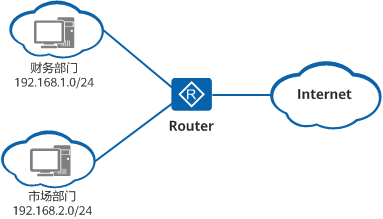

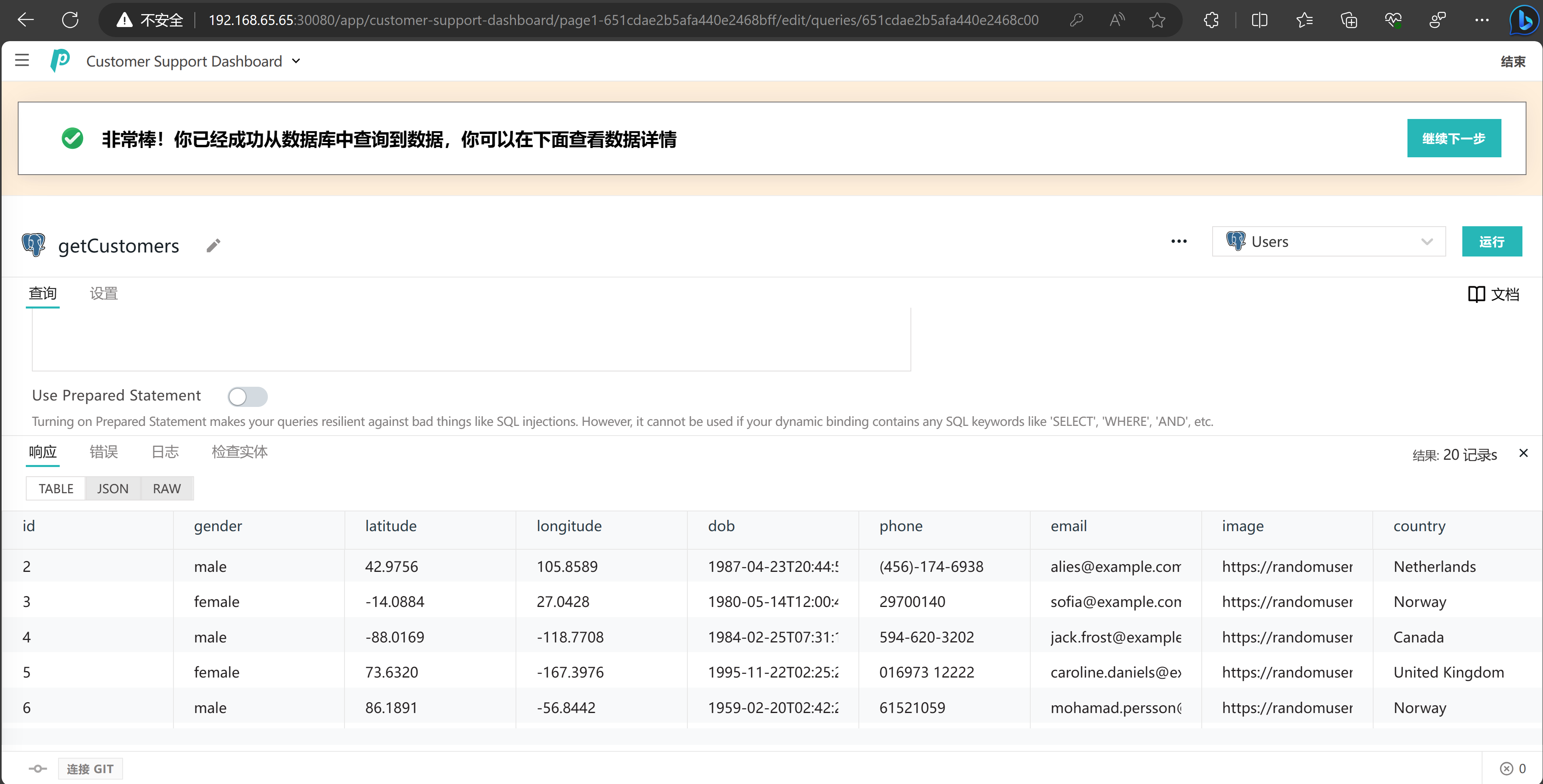
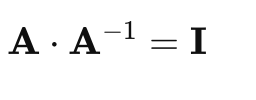

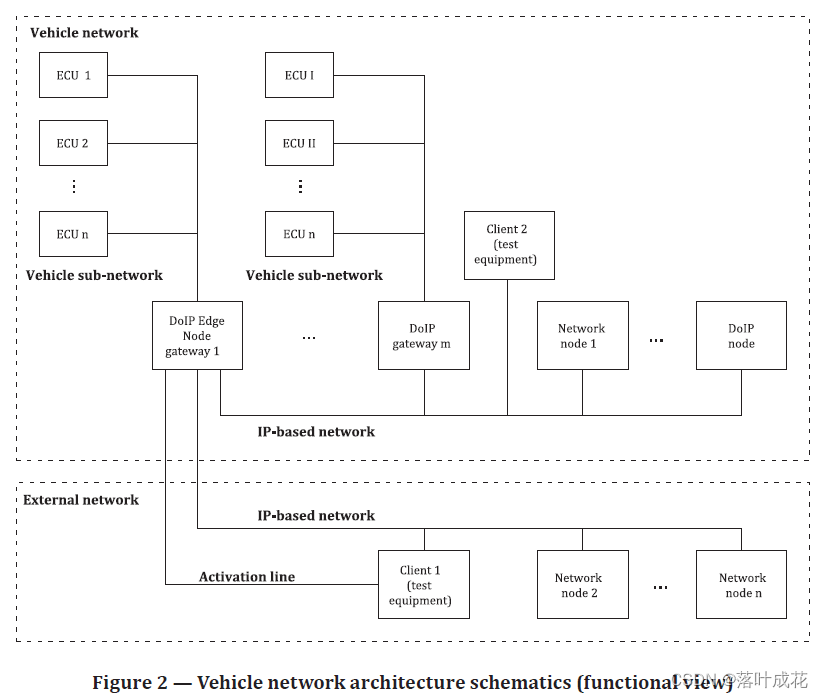

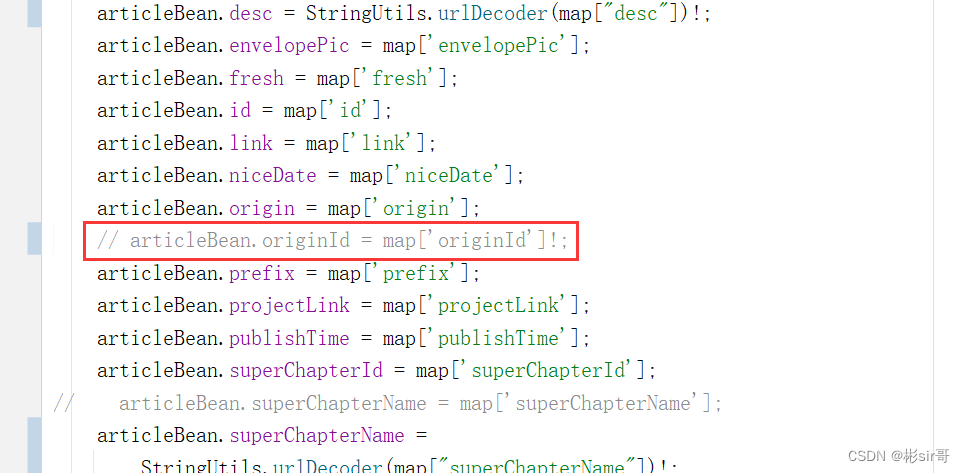
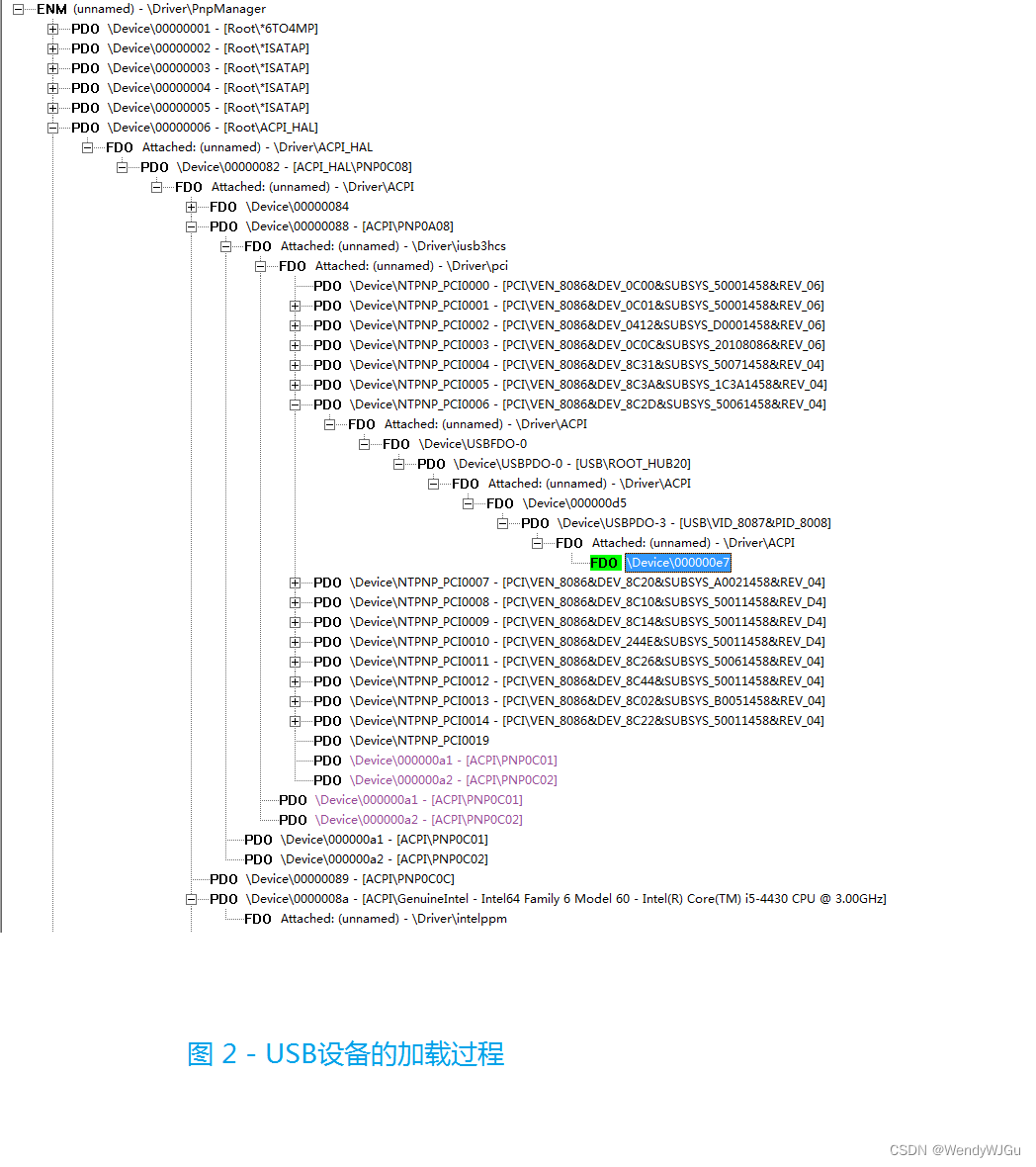
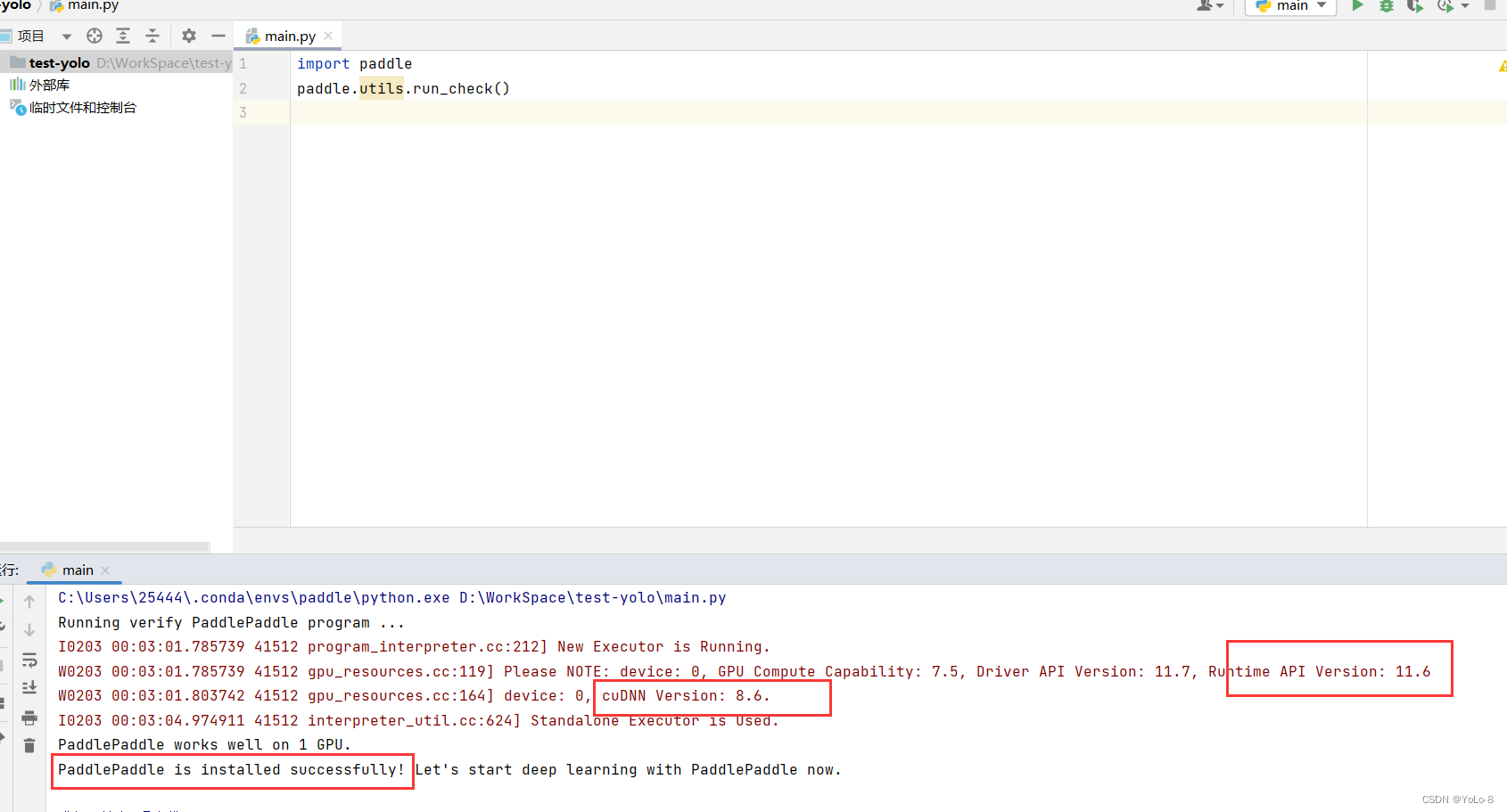

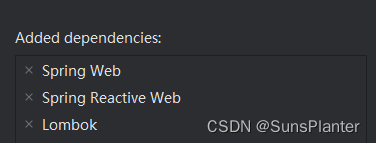

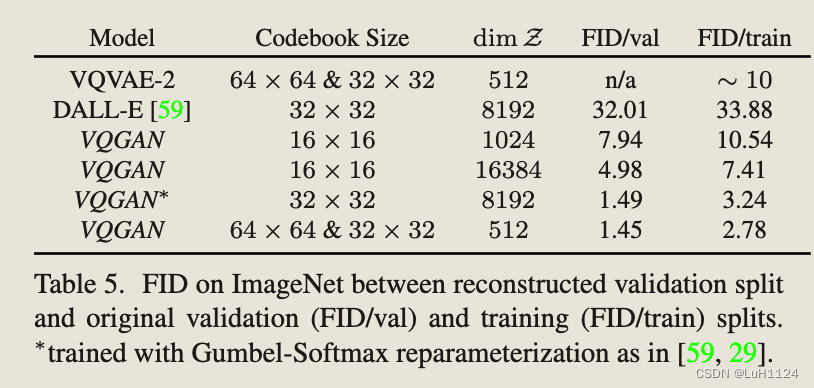
![[ESP32 IDF]web server](https://img-blog.csdnimg.cn/direct/486795c983a341e69b62f562d1de125d.png)
